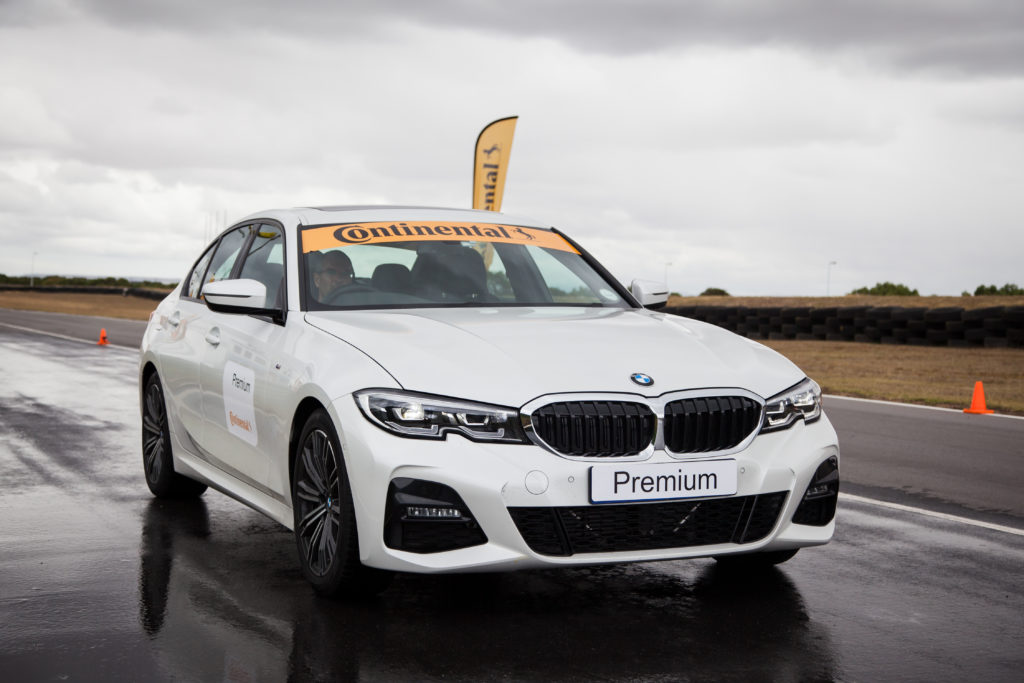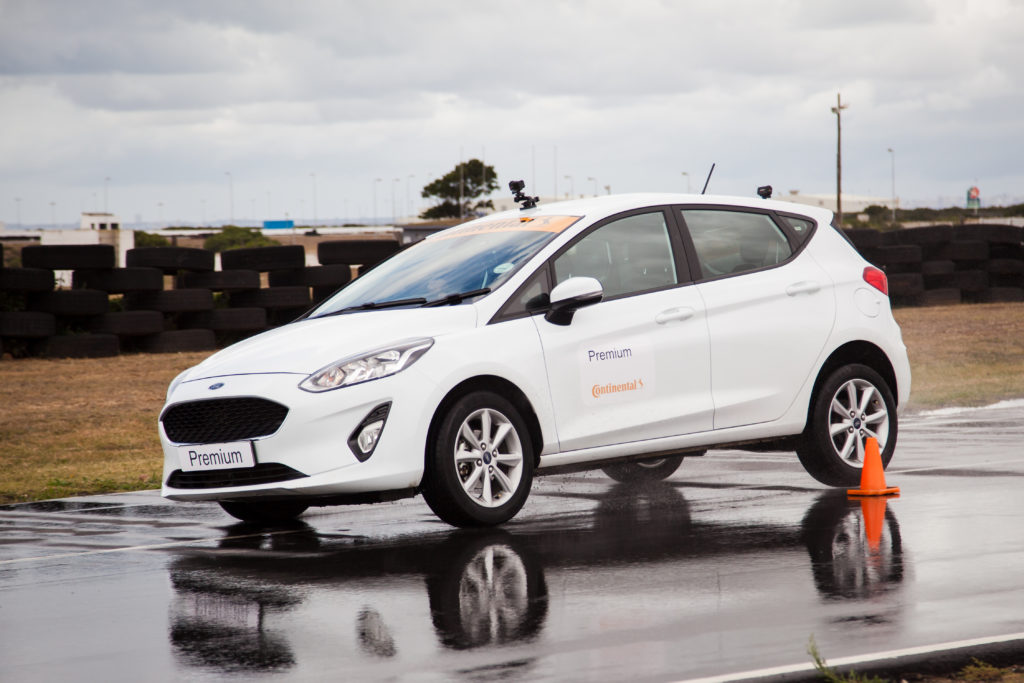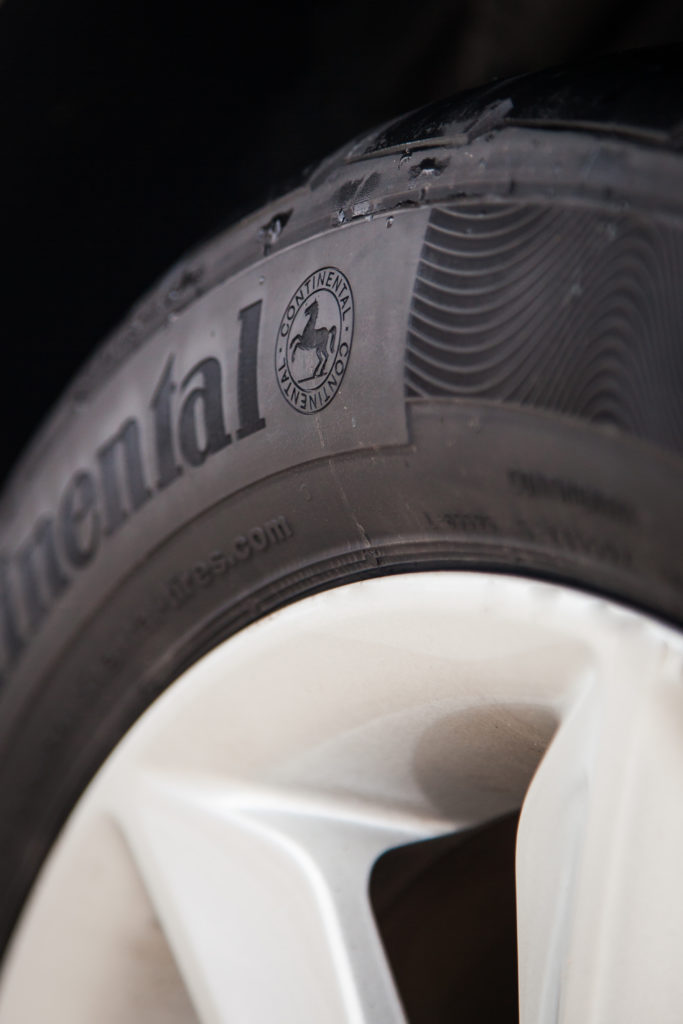
For many people their own car is the safest and most trustworthy way to get around. This year’s festive season will be the first post- lockdown summer holidays enjoyed by many, with an amazing variety of new vacation destinations open to you, particularly when travelling locally.
This makes it all the more important to get your car fit for the summer break. Continental has some tips on how to prepare your vehicle for fun-filled and hassle-free holiday travels.
Check the condition and tread depth of your tyres
A tyre check is vital, as your tyres are the only things keeping your car in touch with the road. They are responsible for braking, steering and accelerating, as well as carrying the weight of the vehicle, occupants and luggage. Tyres also play an integral role in the overall suspension dynamics of the car.
The condition of the tyres has a direct impact on the performance of all the vehicle’s safety systems, including the anti-lock brakes (ABS), electronic stability programme (ESP), traction control and more modern features such as autonomous emergency braking (AEB). Accordingly, tyres need to be in the optimal condition to deliver their full potential – whether it is stopping in the shortest possible distance in an emergency situation, or coping with rain-soaked roads during heavy downpours that are common during summer in some parts of the country.
The tyre’s tread depth is one of the most important factors that impact its overall performance in wet conditions. The grooves in the tyre are designed to channel water away from the road surface so that the rubber remains in contact with the tarmac. However, as the tyre wears the tread depth decreases, which means it is able to handle less and less water on the road surface – resulting in reduced grip, longer stopping distances and a higher risk of aquaplaning.
The legal lower limit for tread depth is 1.6 mm, and this can easily be identified by the tread wear indicators that are found on most modern tyres. But tyre experts at Continental recommend replacing your tyres when they get below three millimetres of tread to minimise the risk associated with driving on worn tyres, especially in the wet.
It is also important to note that after a long dry period, things can get hazardous when the rain mixes with dust and oil on the road to form a slippery film on the wet asphalt. And remember that stopping distances increase significantly in wet conditions, even with perfect tyres. Tests at Continental’s specialised Contidrom track near Hanover have shown that the braking distance from 100 km/h is around 12 metres longer in the wet. At the point where a car comes to a standstill on a dry road, in the wet that same car is still travelling at 50 km/h – so it’s essential that you adjust your speed and following distance accordingly in rainy conditions.
Make a point of examining your car’s tyres frequently, looking out for any cuts, abrasions or bulges – particularly on the sidewall. This may indicate structural damage to the tyre which could result in a blow-out. Don’t forget the tyres on your caravan or trailer in your pre-trip preparations, as these often stand for long periods in the sun with little use, and they could develop problems that will leave you stranded.
Also check the tyres on your car for irregular tread wear, which is indicative of the car’s wheel alignment being out of specification. This will dramatically reduce the life of your tyre, as well as impact handling and braking performance.

Check the pressure – regularly!
The most important aspect of tyre care and maintenance is checking your vehicle’s tyre pressures regularly – ideally weekly. Low tyre pressures will significantly impact the vehicle’s handling characteristics, and result in much longer braking distances. It will also lead to increased fuel consumption, premature wear, as well as additional heat built-up that could result in the tyre failing – with often tragic results.
Tests conducted by Continental showed that running tyres at just 0.4 bar below the recommended pressure can reduce the mileage, or service life, of a tyre by one-third.
Before setting off on vacation, you will need to adjust the tyre pressures to account for the extra weight on board – and the higher load on the rear axle if you are towing a trailer or caravan. Don’t forget to check the pressure in your spare tyre (where fitted), as well as on the trailer or caravan if you are towing. The correct tyre pressures can be found in the owner’s manual, on the driver’s door pillar or on the fuel flap, depending on the vehicle.

Call on the experts
An all-round technical check-up is important too, ensuring your car is ready for the open road. Items to check include oil level, brakes, battery, lights, coolant and the windshield washer/wiper system. While you can change the wiper blades yourself, checking the battery is a job for the experts – and no one wants to be stuck with a flat battery on vacation.
BestDrive by Continental fitment centres around the country offer comprehensive safety checks to ensure any potential problems with your car are identified and rectified. These checks cover the tyre pressures and tread depth, along with the condition of the shock absorbers, brake fluid, brake pads and discs, battery, exhaust system and wiper blades. Alternately visit your local dealership or service centre to ensure that your holiday trip is an enjoyable experience, and not one spent on the side of the road.
Continental Tyre is a proud member of the South African Tyre Manufacturers Conference (SATMC), and together we look forward to promoting a safer driving experience for all this summer holiday.
